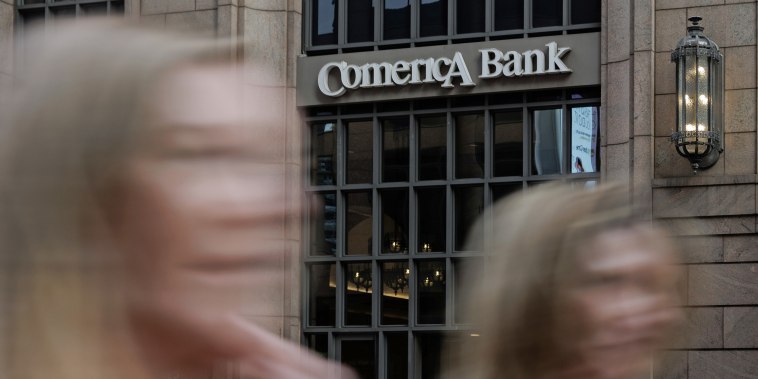
Standard & Poor’s has downgraded a number of major U.S. banks due to their increasing liquidity concerns. Wells Fargo, Bank of America, Citigroup, JPMorgan Chase and U.S. Bancorp were all downgraded by two notches each. Standard & Poor’s cited the banks’ weakening liquidity profiles from increased obligations to meet their respective regulatory capital requirements. The downgrades come as regulations designed to keep banks safer are putting a strain on liquidity.
The downgrades by Standard & Poor’s have caused investors to become increasingly nervous. The market is concerned about the banks’ ability to generate sufficient cash flow and increase liquidity. Many investors believe that the downgrades indicate the banks may not have the resources to cover gradual drawdowns of longer-term funding sources, such as bond sales.
This downgrade is causing some banks to look for other sources of liquidity. Banks are exploring new ways to free up the capital they need to meet their capital requirements. One option banks are considering is asset sales, in order to generate the liquidity required to satisfy their regulatory requirements.
Overall, this move by Standard & Poor’s is making investors more cautious. It is also forcing banks to come up with alternative means of increasing liquidity. As a result, the banking industry will be closely watched by investors to see whether they are able to successfully generate sufficient liquidity.




